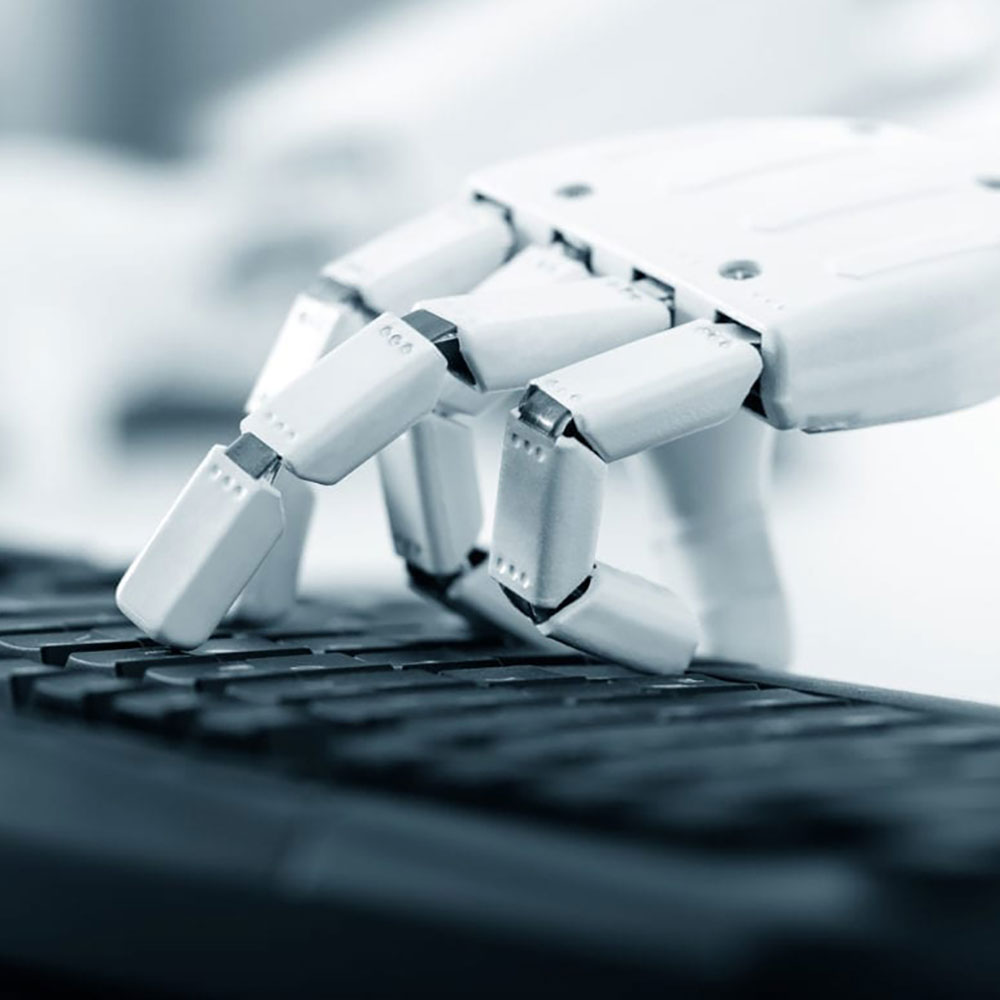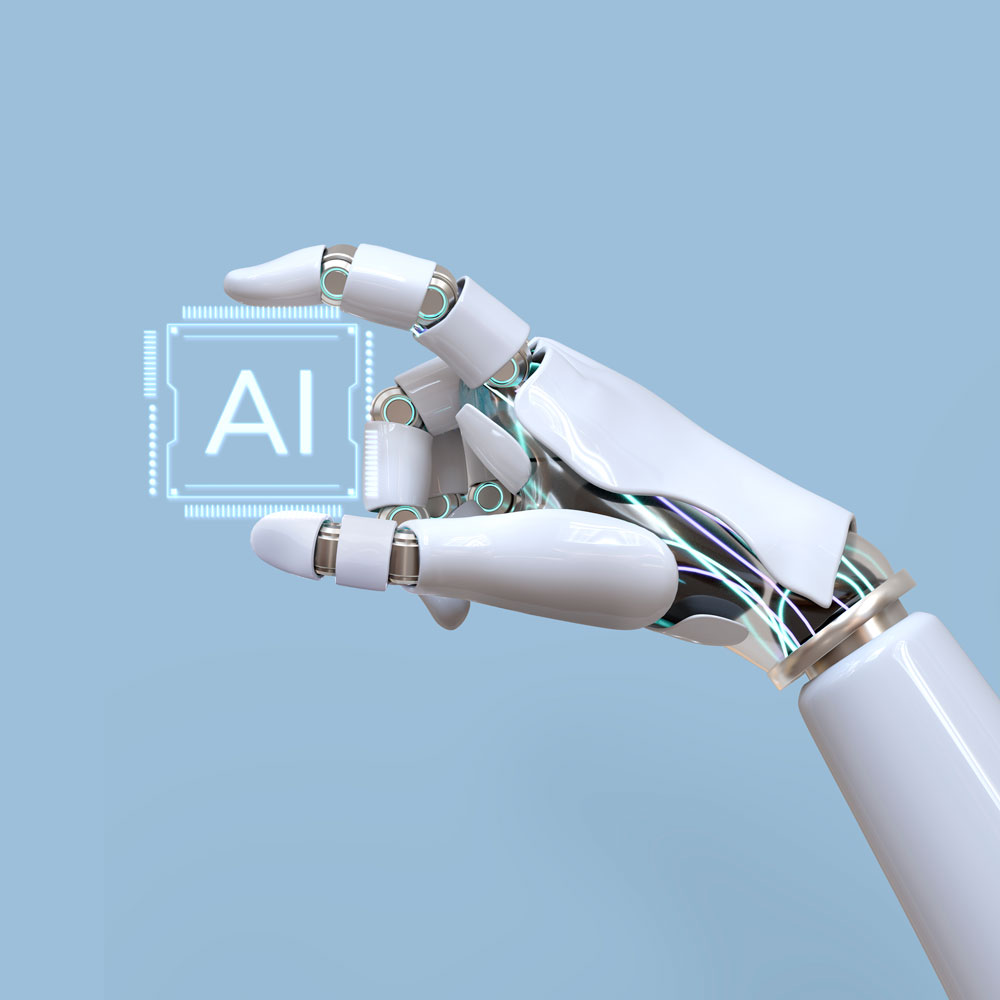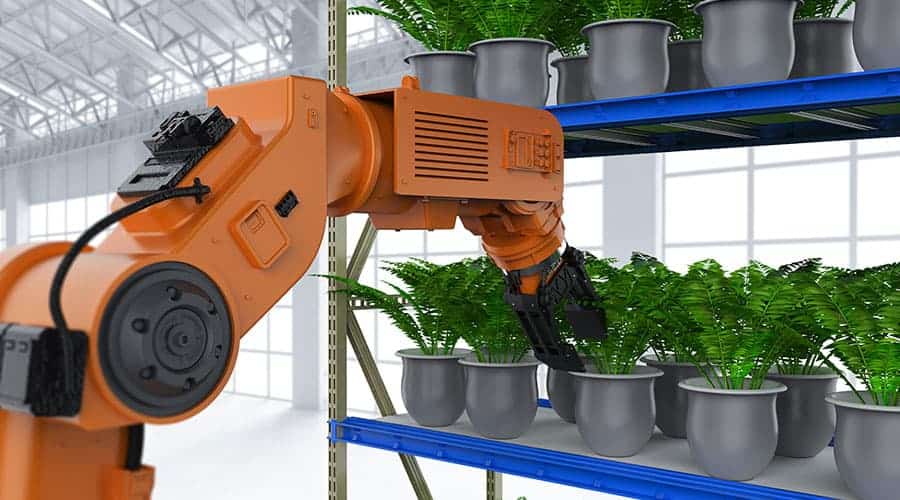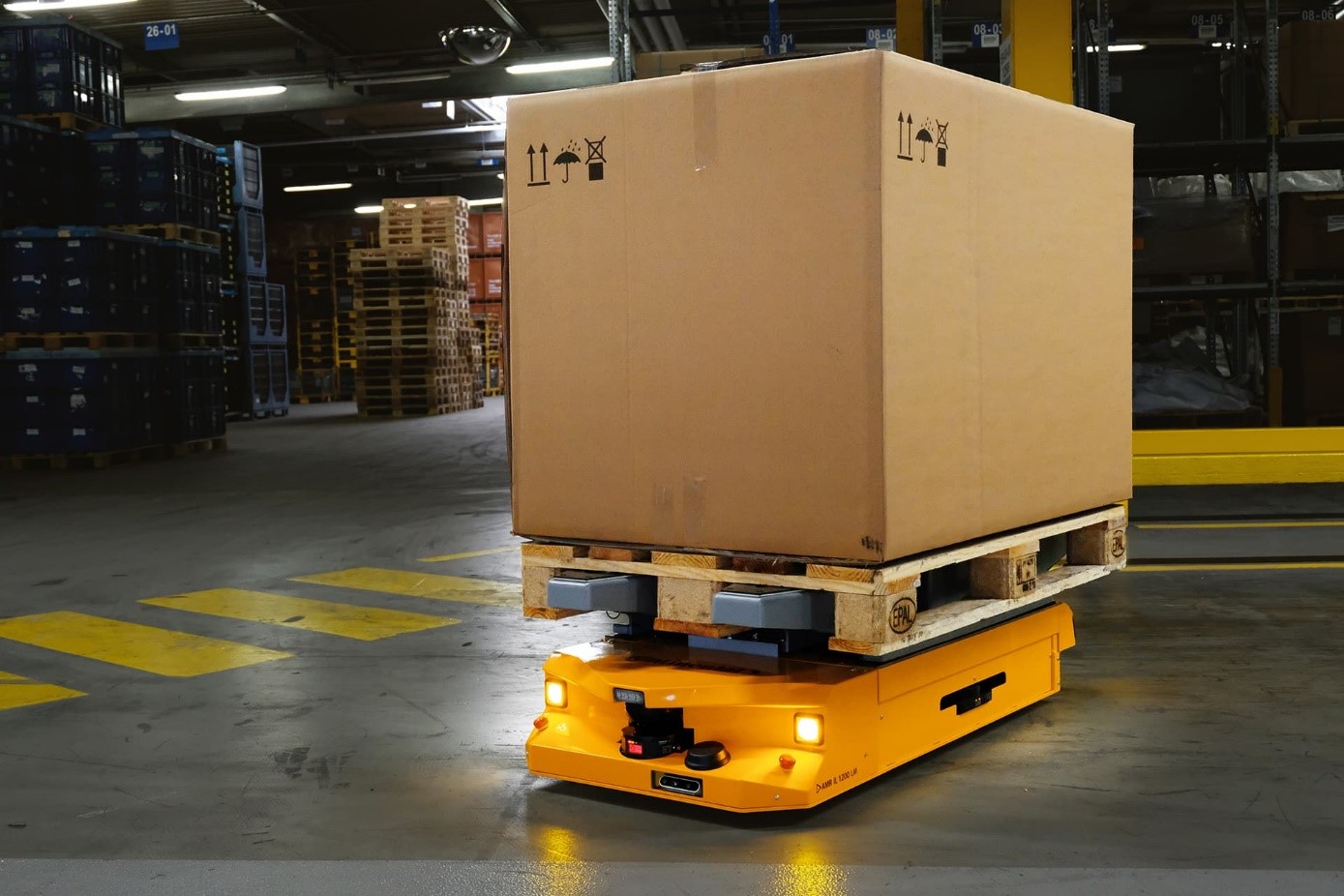What is Robotics?
Robotics is a fascinating field that combines engineering and science to design, build, and operate robots. These robots can be used in a wide range of applications, including manufacturing, healthcare, and exploration.
Robots can be programmed to perform repetitive or dangerous tasks, such as assembling products in a factory or exploring the depths of the ocean. They can also be designed to interact with humans, for example, in the form of social robots or assistive robots for people with disabilities.
What is Artificial Intelligence?
Artificial intelligence, or AI for short, is a rapidly growing field of computer science that aims to create machines that can think, learn, and reason like humans. AI is based on the idea that machines can be taught to recognize patterns and make decisions based on data.
AI technology can be used in a wide range of applications, including speech recognition, image analysis, and natural language processing. It has the potential to revolutionize many industries, from healthcare to finance to transportation.
What is a Self-Driving Mobile Robot?
A self-driving mobile robot is a type of robot that can navigate autonomously without human intervention. These robots use a combination of robotics and AI technologies to sense their surroundings, make decisions, and take action.
Self-driving mobile robots can be used in a variety of settings, such as factories, warehouses, and hospitals. They can help automate tasks like material handling, inventory management, and even patient care.
What is the impact of AI progress on robotics and especially self-driving mobile robots?
The progress in artificial intelligence (AI) has had a significant impact on robotics and self-driving mobile robots. Let’s explore this in more detail.
Improved Sensing and Perception
Improved sensing and perception is one of the most significant impacts of AI progress on robotics and self-driving mobile robots. With the help of AI algorithms, robots can process data from a variety of sensors, such as cameras, lidar, and radar, and use this information to build a detailed map of their environment.
For example, self-driving mobile robots can use AI-powered computer vision to recognize and avoid obstacles in real-time. This helps prevent collisions and ensures that the robot can safely navigate through complex environments.
By using computer vision and deep learning, robots can recognize and classify objects in real-time, enabling them to navigate and interact with their surroundings more effectively. This is particularly important for self-driving mobile robots, which need to be able to detect and avoid obstacles in their path.
AI-powered computer vision can also help robots detect and respond to changes in their environment. For example, a self-driving mobile robot used in a warehouse can use AI algorithms to detect changes in lighting conditions, allowing it to adjust its behavior accordingly.
Additionally, AI can help robots recognize and respond to different types of terrain, such as stairs, slopes, and uneven surfaces. This allows robots to navigate through complex environments with ease, which is particularly important for applications such as search and rescue missions and exploration.
In summary, improved sensing and perception is a critical impact of AI progress on robotics and self-driving mobile robots. By processing data from a range of sensors and using AI algorithms to make sense of this information, robots can navigate and interact with their environment more effectively and safely.
Enhanced Decision-Making
Enhanced decision-making is another significant impact of AI progress on robotics and self-driving mobile robots. With the help of AI algorithms, robots can make informed decisions based on the data they collect and process from their environment.
For example, self-driving mobile robots can use AI algorithms to analyze data from a variety of sensors and make decisions on the most efficient path to take, taking into account factors such as obstacles and traffic. This not only improves the efficiency of the robot, but also helps ensure the safety of passengers and other drivers on the road.
Additionally, AI algorithms can help robots make decisions in complex and unpredictable environments. For instance, robots used in space exploration can use AI algorithms to make decisions on the best course of action when faced with unexpected situations, such as equipment malfunctions or changes in the environment.
Furthermore, AI-powered decision-making can also improve the interaction between robots and humans. By analyzing data from sensors and using natural language processing, robots can make decisions based on the needs and preferences of their human users. This is particularly important in healthcare applications, where robots need to make decisions that are tailored to the specific needs of individual patients.
Improved Interaction with Humans
Improved interaction with humans is another significant impact of AI progress on robotics and self-driving mobile robots. With the help of AI-powered natural language processing, robots can understand and respond to human speech and interact with humans in a more natural way.
For example, self-driving mobile robots used in healthcare facilities can use AI algorithms to understand patients’ needs and respond accordingly. This not only improves the efficiency of healthcare services, but also enhances patient satisfaction by providing a more personalized and empathetic experience.
Additionally, AI-powered robots can provide personalized assistance to humans in a wide range of applications. For instance, robots can use natural language processing to understand customers’ needs in retail environments and provide recommendations based on their preferences.
Moreover, AI can help robots learn from human interactions and improve their responses over time. This is particularly important in applications such as education, where robots can adapt their teaching methods based on the individual needs and preferences of students.
In summary, improved interaction with humans is a significant impact of AI progress on robotics and self-driving mobile robots. By using AI-powered natural language processing and learning algorithms, robots can interact with humans in a more natural and personalized way, enhancing their efficiency, effectiveness, and overall user experience.
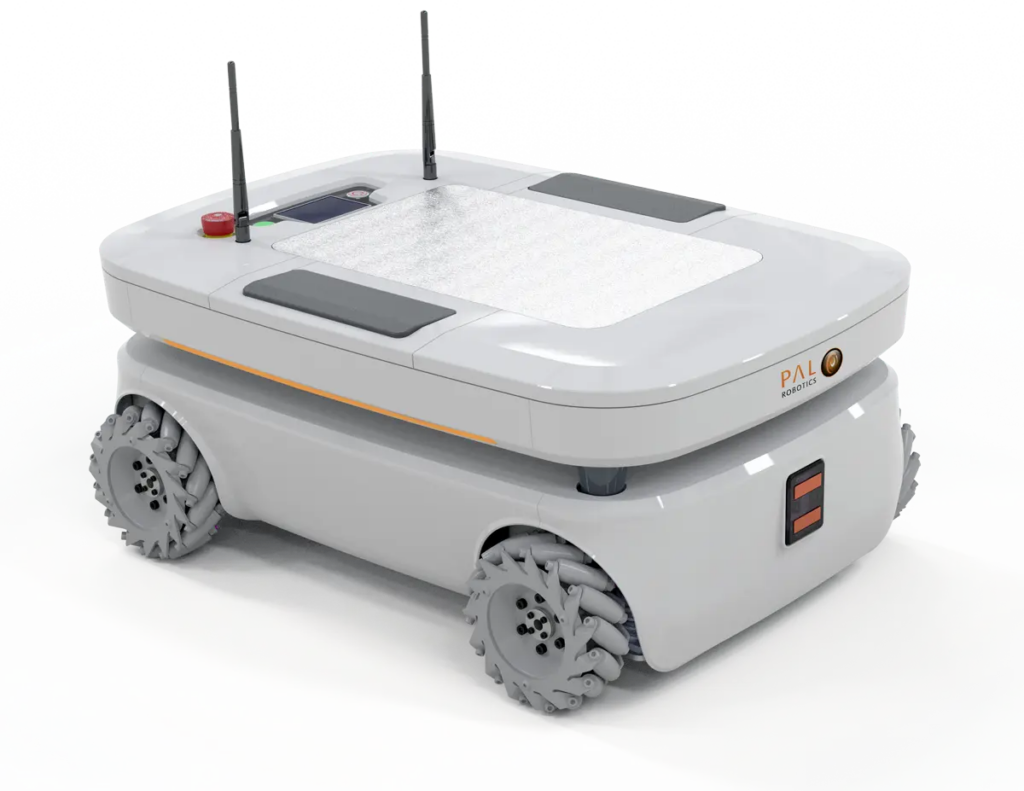
Improved Efficiency
Improved efficiency is another significant impact of AI progress on robotics and self-driving mobile robots. With the help of AI algorithms, robots can perform tasks more quickly, accurately, and reliably than humans.
For example, self-driving mobile robots used in warehouses can use AI algorithms to optimize their path and minimize travel time between picking stations, resulting in faster and more efficient order fulfillment. This not only saves time and labor costs, but also improves customer satisfaction by ensuring timely and accurate delivery.
Additionally, AI algorithms can help robots detect and diagnose equipment malfunctions, enabling them to perform maintenance tasks more efficiently and reducing the need for human intervention. This is particularly important in industries such as manufacturing, where downtime can be costly and disruptive.
Moreover, AI-powered robots can learn from experience and adapt their behavior accordingly, improving their efficiency over time. This is particularly important in applications such as logistics, where robots need to navigate through complex environments and make decisions quickly and accurately.
In summary, improved efficiency is a significant impact of AI progress on robotics and self-driving mobile robots. By using AI algorithms to optimize their performance, robots can perform tasks more quickly, accurately, and reliably than humans, resulting in cost savings, improved productivity, and enhanced customer satisfaction.
Increased Safety
Increased safety is another significant impact of AI progress on robotics and self-driving mobile robots. With the help of AI algorithms, robots can perform tasks in hazardous environments or high-risk situations that would be dangerous or even impossible for humans.
For example, self-driving mobile robots can use AI algorithms to detect and avoid obstacles on the road, reducing the risk of accidents and improving the safety of passengers and other drivers. Additionally, robots can be equipped with sensors that detect hazardous materials, enabling them to safely perform tasks in environments that would be dangerous for humans, such as chemical spills or nuclear power plants.
Moreover, AI algorithms can help robots make decisions that prioritize safety in unpredictable or rapidly changing environments. For example, robots used in search and rescue operations can use AI algorithms to analyze data from sensors and cameras to quickly and accurately identify potential hazards or survivors in disaster areas.
Furthermore, AI can help robots learn from previous experiences and adapt their behavior to avoid potentially hazardous situations in the future. For example, robots used in manufacturing can use AI algorithms to analyze equipment performance and identify potential safety hazards before they occur, reducing the risk of accidents and improving worker safety.
In summary, increased safety is a significant impact of AI progress on robotics and self-driving mobile robots. By using AI algorithms to detect and avoid hazards, make informed decisions, and adapt their behavior to changing environments, robots can perform tasks in hazardous or high-risk situations more safely and effectively than humans.

